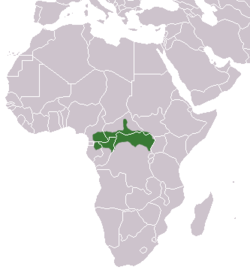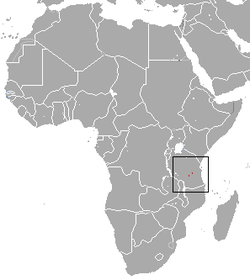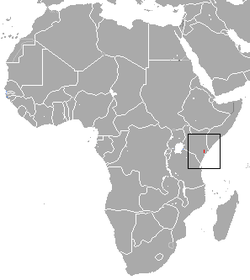| White-eyelid mangabeys | |
|---|---|
 | |
| Sooty mangabey (Cercocebus atys) | |
| Scientific classification | |
| Kingdom: | Animalia |
| Phylum: | Chordata |
| Class: | Mammalia |
| Order: | Primates |
| Suborder: | Haplorhini |
| Infraorder: | Simiiformes |
| Family: | Cercopithecidae |
| Subfamily: | Cercopithecinae |
| Tribe: | Papionini |
| Genus: | Cercocebus É. Geoffroy, 1812 [1] |
| Type species | |
| Cercocebus fuliginosus | |
| Species | |
See text | |
| Synonyms [1] | |
| |
The white-eyelid mangabeys are African Old World monkeys belonging to the genus Cercocebus. They are characterized by their bare upper eyelids, which are lighter than their facial skin colouring, and the uniformly coloured hairs of the fur. [2] The other two genera of mangabeys, Lophocebus and Rungwecebus , were once thought to be very closely related to Cercocebus, so much so that all the species were placed in one genus, but Lophocebus and Rungwecebus species are now understood to be more closely related to the baboons in genus Papio, while the Cercocebus species are more closely related to the mandrill.
















